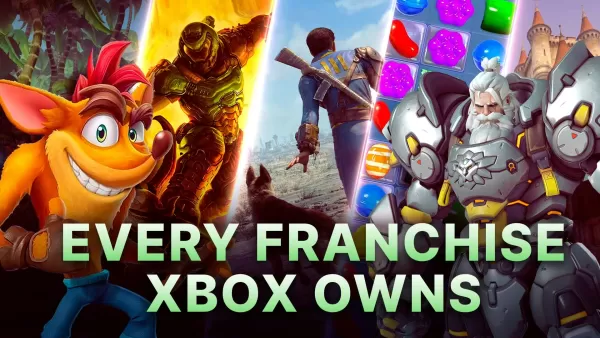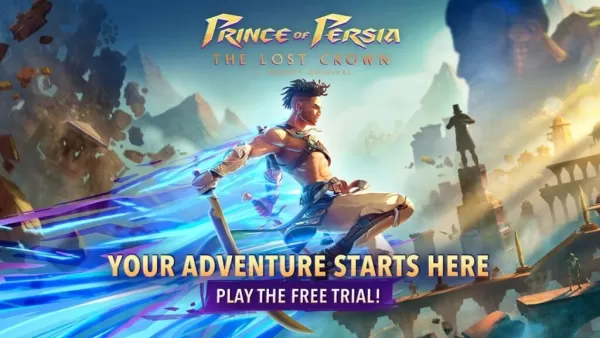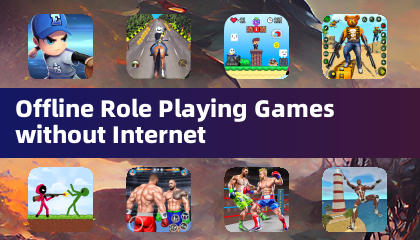
Netflix CEO Ted Sarandos has positioned the streaming giant as Hollywood's savior, declaring traditional moviegoing "an outdated concept for most audiences" during the Time100 Summit.
Streaming vs. Theaters: The Industry Debate
Addressing Hollywood's current challenges - including production migration from Los Angeles, shrinking theatrical windows, declining theater attendance, and inconsistent box office returns - Sarandos presented Netflix as the industry's modern solution. "We're not just participating in entertainment - we're revitalizing it," he stated, emphasizing Netflix's customer-first approach where "content reaches viewers exactly how they prefer to consume it."
Analyzing declining box office numbers, Sarandos posed: "What are audiences telling us? They want home viewing options." While acknowledging his personal appreciation for cinemas, he maintained that theaters represent "a fading tradition for mainstream viewers."
This perspective aligns with Netflix's business interests, though Hollywood's current landscape remains complex. While family films like Inside Out 2 and game adaptations continue performing well, even Marvel's once-dependable franchises show inconsistent results.
The Theater Experience Debate Continues
The discussion echoes comments from industry veterans like Willem Dafoe, who last year lamented cinema closures and shifting viewing habits. "Home viewing lacks the focused attention of theaters," Dafoe observed. "Cinemas created cultural moments - the shared experience, dinner conversations about films. Today's fragmented viewing, where couples browse through multiple titles before giving up, loses that cultural richness."
Back in 2022, acclaimed director Steven Soderbergh (Ocean's Eleven) offered a balanced perspective on cinema's future. "The theatrical experience maintains its appeal," he noted, "but the industry must focus on engaging younger demographics and maintaining that appeal as they age." Soderbergh emphasized that successful coexistence between theaters and streaming depends on innovative programming and audience engagement strategies rather than release window conflicts.































